Qeshm Hara Forests or Mangrove Forests of Qeshm island is a unique attraction in Iran, an extraordinary natural spectacle that requires a boat trip into the salty waters of the Persian Gulf. This globally renowned site is part of Iran’s natural heritage. The forest’s allure is most evident when the trees emerge from the water as the tide recedes, creating a scene reminiscent of a science fiction movie.
Qeshm Hara Forests, located in northwest of the island, is one of the five forests in Hormozgan Province and recognized as a biosphere reserve in Iran. Read this article of Parsi Tours, Iran travel agency, to learn more about this attraction, considered one of the seven wonders of Qeshm.
Qeshm Hara Forests
Hara Forests or Mangrove Forests of Qeshm is known as a sea forest. While navigating through its waters, you’ll see green trees that seem to grow amidst a cluster of wood. Interestingly, these “woods” are the roots of the trees, stretching skywards, capable of converting the salty sea water into fresh water, allowing them to survive for many years. The forest primarily consists of “Hara” and “Chandal” trees. These beautiful trees emerge during low tide and submerge halfway during high tide. The tropical climate of these regions also contributes to the good growth of Hara trees.
In 1972, the Hara Forest of Qeshm, spanning 82,360 hectares, was declared a “Protected Hara Area”; it then expanded to 85,686 hectares in 1975, earning the title of National Park. By 1977, this stunning forest of Qeshm joined UNESCO’s World Network of Biosphere Reserves. Currently, it is protected by the General Department of Environmental Protection of Hormozgan Province.
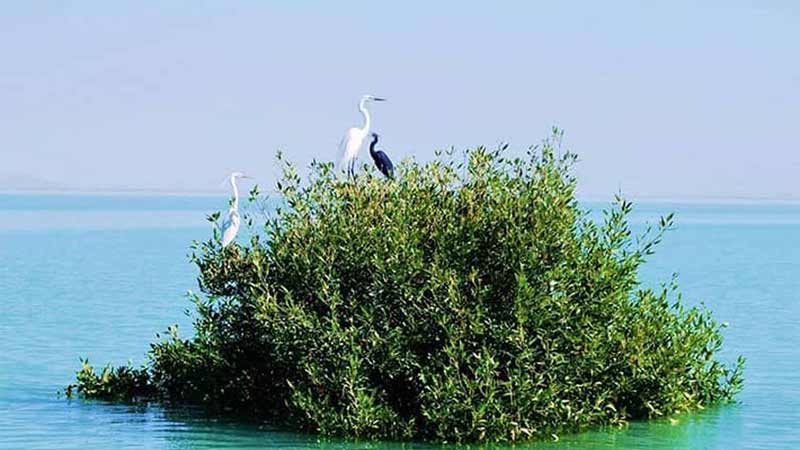
Hara Forest provides a suitable ecological habitat and is home to migratory birds from tropical regions, such as large bitterns, Indian bitterns, sharp-nosed reedlings, grey herons, and pelicans. The area also hosts various birds, aquatic animals, and amphibians, including sea snakes, fishes, and turtles. Interestingly, 80% of the aquatic creatures in the Persian Gulf breed in this area.
There are various stories about the Hara trees; for example, some believe they grew from human tears, while others say they were gifts from India, planted near the port of Laft.
Characteristics of the Hara Tree
The Hara is a salt-tolerant tree with bright green foliage, reaching heights of three to six meters. Its bark has purifying properties, absorbing seawater and expelling the salt to absorb the fresh part. Thus, the Hara tree can be considered a natural desalination plant. These trees are perennial, always green, giving them the nickname “ever-spring forest.” In June, the Hara tree blooms with yellow flowers, adding to the forest’s charm.
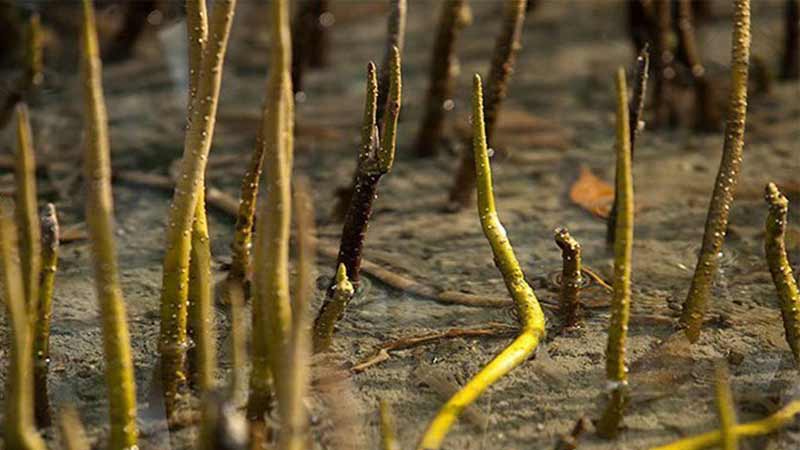
The seeds of Hara trees germinate on the tree itself. Once separated from the parent tree, they embed in the mud and grow into new saplings, contributing to the forest’s expansion. Hara trees have narrow-based, oval-shaped leaves and almond-shaped fruits that ripen in summer, eventually falling into the water and rooting in the coastal soil. The Chandal plant also blooms with white or yellow flowers in winter, producing a brown, pear-like fruit in spring.
Hara forests have adapted well to the tidal shores and salty waters over millions of years, making them one of the most resilient plant species. Hara plants have short roots with numerous offshoots, typically growing up to 30 centimeters.
Uses of the Hara Tree
Hara Forest extends beyond Qeshm to nearby areas like Bandar Pahl, Bandar Khamir, and Hormuz Island. Locals engage in activities like fishing and pruning the trees during high tide. Pruning helps increase fruit yield, and locals use the wood for personal use or sale.
The Hara tree is significant in providing livestock feed, producing charcoal, wood, paper pulp, etc. Its sap is beneficial for treating common skin diseases in Hormozgan.
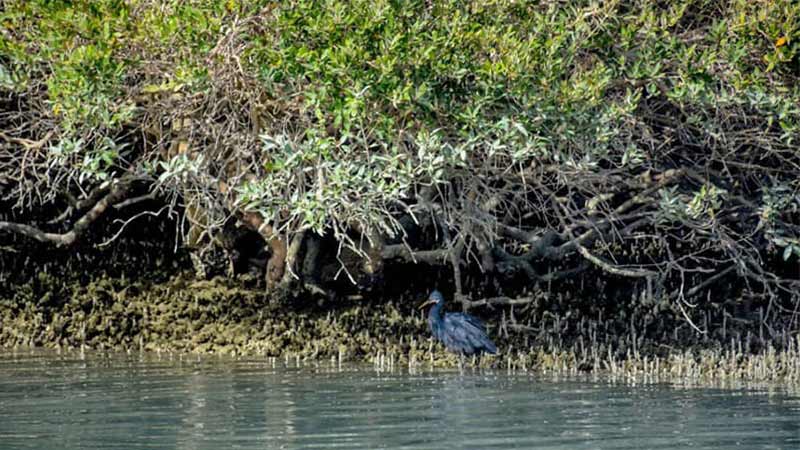
The trees, due to their longevity, have very strong trunks, historically used to make drums. In fact, the first drum on Qeshm Island was made from Hara wood.
The roots of Hara trees act as natural barriers against sea waves and storms. Since burning this wood doesn’t produce black smoke, it’s ideal for charcoal production. The tree’s fruit and leaves also serve medicinal purposes. The roots act as natural wave barriers.
The water and mud in Hara Forest contain salt and lime, which locals historically used for slimming purposes by applying the mud on their bodies and then washing off in the water.
Where is Hara Forest?
Hara Forest, a tourist attraction in Hormozgan, is located in the Khoran Strait, between parts of Hormozgan Province and Qeshm Island. Specifically, it’s on the northwestern shores of Qeshm Island, with its most beautiful part in the triangle of Laft Port, Koran village, and Gazi Gorzin area.
There’s no land access to these forests from Qeshm’s shores; the only way to visit is by water. Experienced captains familiar with the forest’s waterways can turn your visit into an unforgettable experience. To see Hara Forest, head to Tabl village’s dock, Laft Port, or Soheili dock, where you can board a boat into the heart of the forest. Soheili dock is well-known and equipped with amenities like craft shops, restrooms, supermarkets, etc.
Imagine boating in the Persian Gulf, surrounded by Hara trees, immersed in the beauty. In colder seasons, you’ll also see a variety of migratory birds.
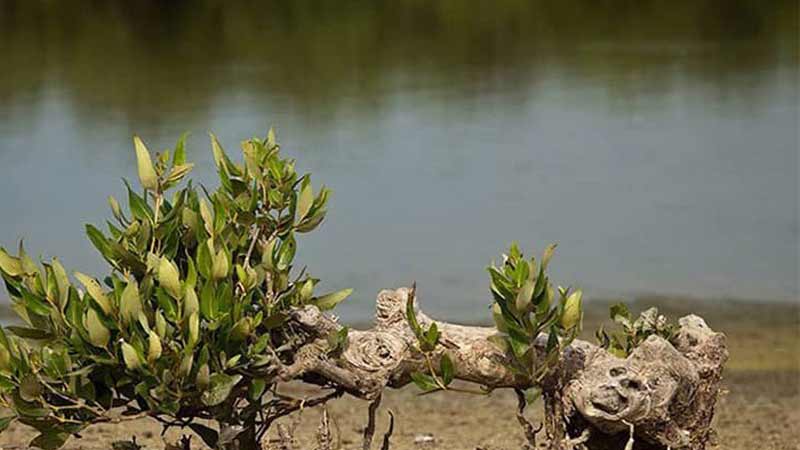
Visiting Hours for Hara Forest
Considering the warm climate of southern Iran, the best time to visit Hara Forest is late autumn, winter, or early spring. The tidal changes occur approximately every six hours. Boats can get stuck during these changes, but skilled boatmen know the tide timings. Your visit should accordingly align with these tidal patterns.
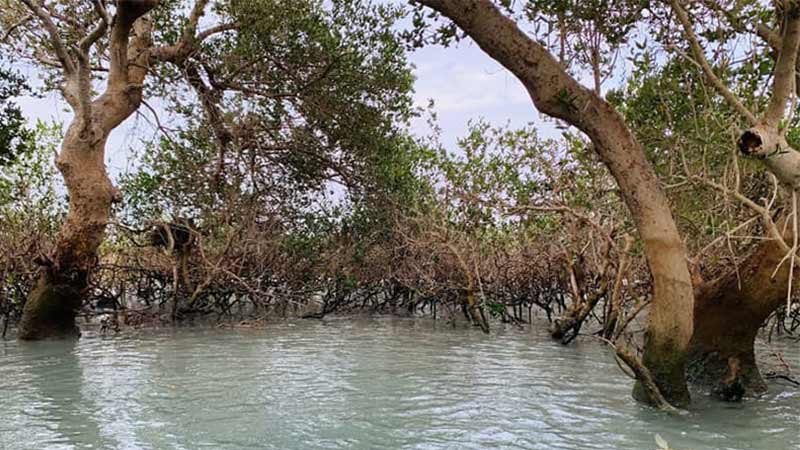
Recreations in Qeshm’s Hara Forests
Boating and Photography: Don’t miss capturing these memorable moments while boating among the beautiful trees of Hara Forest. For boating, visit Soheili dock, Tabl village, or Laft Port.
Bird Watching: As mentioned, Qeshm’s Hara Forest isn’t just about trees and sea. You’ll encounter various animals, from migratory birds to waterfowl, enhancing the trip’s enjoyment.
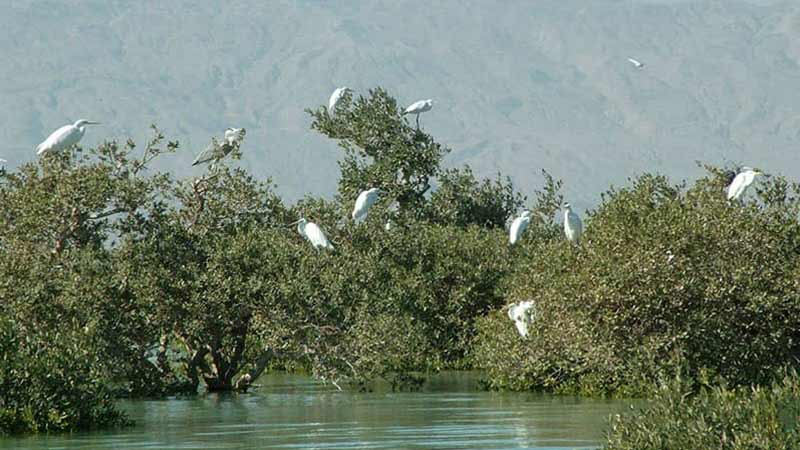
Important Tips for Visiting Hara Forest
When visiting Hara Forest, focus on preserving it like any other natural area. Since it’s home to many animals, maintain peace and avoid disturbing nests or taking bird eggs. Don’t litter and leave the area as untouched as possible.
In order to book Iran nature tours, do not hesitate to contact Parsi Tours, a professional travel agency in the country.
Frequently Asked Questions
Where is Hara Forest?
Hara Forest is located in the Khoran Strait, between parts of Hormozgan Province and Qeshm Island.
How to Get to Hara Forest?
To visit Hara Forest, go to the docks at Tabl village, Laft Port, or Soheili dock, and take a boat into the forest.
When is the Best Time to Visit Hara Forest?
The best time to visit Hara Forest is late autumn, winter, or early spring.
What Activities are Available in Hara Forest?
Boating, photography, and bird watching are among the activities you can enjoy in Hara Forest.



